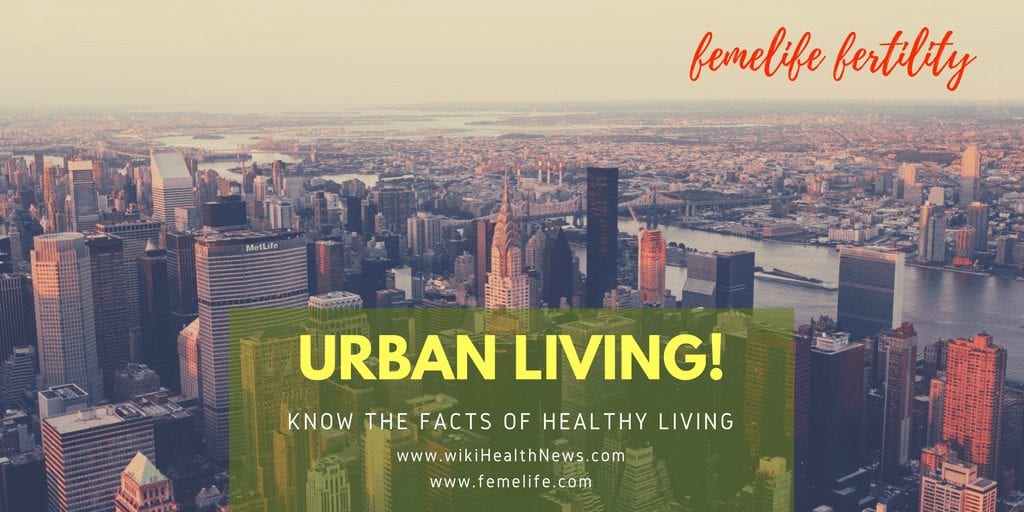URBAN LIVING : HEALTHY LIFE

URBAN LIVING
-
What percentage of population are living in cities or urban areas?
The urban population are increasing with time. More and more people are migrating to urban area.One-fourth of world population was living in cities and towns in 1959. By 2025, this proportion is expected to reach 60 percent.
-
What is the recommendation of Environmental Hygiene Committee appointed by the Government of India [1949] regarding the wall of a house .
The walls should have minimum thickness of 30 cm and should be plastered on both sides. They should be damp proof.
-
What should be the roof height for a house in urban area?
Roof height should be not less than 3 m unless the room is airconditioned.
-
What should be the floor area specifications in urban ares house?
The floor area per capita should not be less than 4.5 sqm (50 sq ft), the optimum being 9 sqm. Minimum floor area of a room should be –
- 9 sqm if occupied by one person
- 11 sqm if occupied bymore than one person.
-
What should be the place of windows for healthy living in urban areas?
At least two windows should open directly into the compound, street or open space. They should be placed not higher than 1 m from the floor.
-
What special arrangements are recommended by Environmental Hygiene Committee appointed by the Government of India for comfortable living In places where temperature increases above 400 C ?
An open courtyard or terrace should be provided for comfortable sleep during night in areas where
summer temperature rises above 40°C.
-
What are the accepted standards for residential accommodation ?
- Number of rooms should be adequate There shouldnot be more than two persons per room.
- For this purpose, infants below 12 months are not counted while children 1 to 10 years old are counted as half unit.
- Persons above nine years of age belonging to opposite sexes should not have to share a bedroom, unless they are couples living together.
-
What are the problems with overcrowded, ill ventilated and unhygienic housing?
- Overcrowded housing is associated with increased diseases like respiratory infections, scabies and louse infestation.
- Poor living conditions also have indirect effects on mental and social health, resulting in more school drop outs, delinquency, drug abuse, crimes and other antisocial acts.











